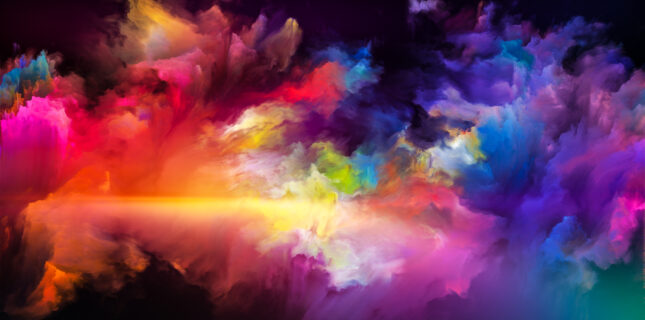
Color Correlations
Trends are fickle. What’s in one season may be out the next. There are, however, some overarching color preferences based on factors like gender, skin tone, and even psychology. Here are just a few examples.
Tip: “Warm-colored placebo pills were reported as more effective than cool-colored ones. Blue-colored streetlights can lead to reduced crime.”
SKIN TONE
According to a study published last year at sagepub.com, research found a direct correlation between skin tone and color preferences. The most universally preferred colors are hues of red and blue. More specifically, they favored cool blue tones for fair-skinned women and warm orange and red hues for tanned, darker skin.
GENDER
An individual’s sex plays “a certain role in color preferences in fashion products…with socially constructed characteristics through the history of colors being responsible for those tendencies,” reports Color Culture and Science Journal. According to its published research results, historic preferences remain, with women preferring “pinks and lilaceous hues…with a lower preference for greenish hues. As for the male gender, the preferred hues are bluish, while the least preferred are pinks.”
PSYCHOLOGY
Here are just a few examples cited by The BMJ of ways color impacts perception. “Warm-colored placebo pills were reported as more effective than cool-colored ones. Blue-colored streetlights can lead to reduced crime. Red causes people to react with greater speed and force. Students are more likely to associate negative qualities with a player wearing a black uniform.”
PERFORMANCE
When it comes to double meanings, red probably takes the lead. According to Foundr, nearly a third (29%) of the world’s most recognizable companies have chosen red as their primary color. On the other hand, research reported by colorpsychology.org found that seeing red before even beginning that test can hurt performance, too. Prior to taking a five-minute test, “71 U.S. colleges students were presented with a participant number colored red, green, or black. The results revealed that students who were presented with the red number before taking the test scored more than 20% lower than those presented with the green and black numbers.”
THERAPY
Colorology has long been used in holistic treatments. According to verywellmind.com, “Red is used to stimulate the body and mind and to increase circulation. Yellow is thought to stimulate the nerves and purify the body. Orange is used to heal the lungs and to increase energy levels. Blue is believed to soothe illnesses and treat pain. Indigo shades are thought to alleviate skin problems.”
Have you used color to impact patients’ moods? If so, tell us about it and share in the conversation on Facebook here.
Comments are closed.







